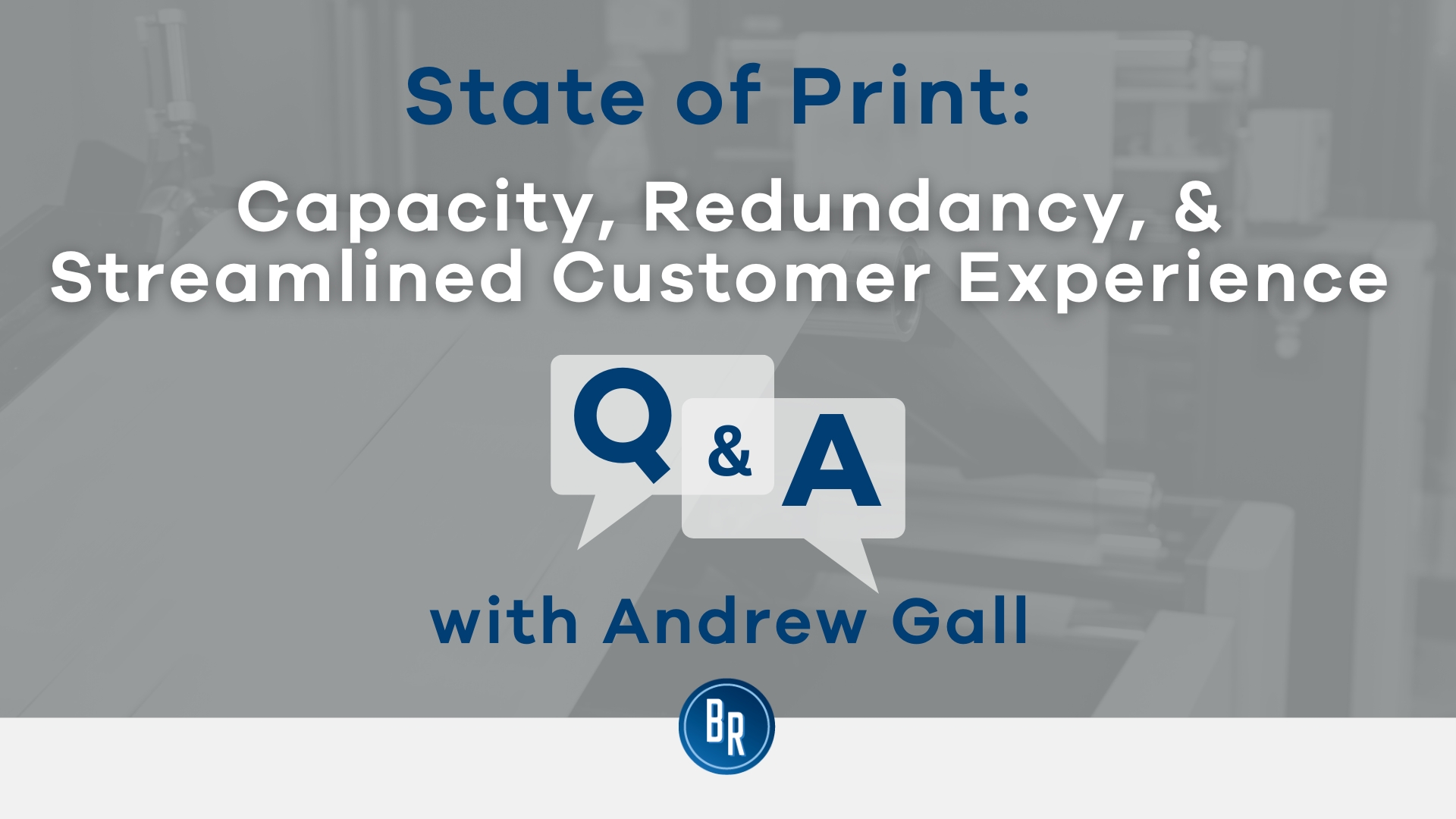Small Business Closing Employee Rights UK: What You Required to Know About Redundancy
Small Business Closing Employee Rights UK: What You Required to Know About Redundancy
Blog Article
Checking Out the Operational Dynamics of Business Redundancy and Its Long-Term Sustainability

Redundancy Strategies for Service Connection
In order to guarantee continuous operations, organizations have to apply effective redundancy approaches for business continuity. Redundancy in this context describes the replication of vital elements or features within a system to alleviate the impact of prospective failings. By including redundancy methods, organizations can improve their durability against disruptions brought on by various variables such as natural catastrophes, equipment failures, or cyber-attacks.
One usual redundancy method is the application of backup systems and data storage space services. This entails creating matches of vital data and systems that can be turned on in case of a primary system failing. In addition, companies can develop redundant communication channels and source of power to keep connectivity and operations during unpredicted occasions.
Furthermore, cross-training workers to do several roles within the company can act as a beneficial redundancy method. This makes sure that essential jobs can still be performed also if crucial personnel are unavailable as a result of ailment or other reasons. Generally, effective redundancy strategies are necessary for services to support operational connection and reduce the impact of possible disturbances.
Influence of Redundancy on Organizational Durability
Offered the critical role redundancy methods play in making certain business connection, discovering the influence of redundancy on business strength comes to be imperative for comprehending the holistic operational characteristics of a business. Redundancy, when strategically executed, can significantly contribute to enhancing an organization's durability in the face of unexpected difficulties.
In addition, redundancy can foster advancement and creative thinking within a company as workers really feel empowered to take computed threats, recognizing that there is a safety internet to support them in situation of failing. On the whole, the effect of redundancy on business durability is profound, shaping the lasting sustainability and success of a firm.
Stabilizing Efficiency and Flexibility in Redundancy
Accomplishing an unified balance in between functional effectiveness and adaptive flexibility is a crucial obstacle in the tactical implementation of redundancy within companies. Reliable procedures are crucial for preserving productivity and cost-effectiveness, ensuring that sources are made use of efficiently. Nonetheless, extreme focus on efficiency alone can cause strength, making it difficult for organizations to adjust to unpredicted changes or obstacles. On the various other hand, flexibility allows organizations to react nimbly to advancing scenarios, promoting development and resilience. Yet, way too much flexibility without a solid functional structure can lead to inefficiencies and variance.
To balance effectiveness and adaptability in redundancy preparation, organizations should carefully examine their functional needs, market characteristics, and critical goals. Inevitably, finding the right stability between efficiency and adaptability is vital for building a durable and lasting organization in the face of uncertainty.
Long-Term Sustainability With Redundancy Preparation
To ensure long-lasting stability and stability, organizations should strategically straighten their redundancy preparation with long-lasting sustainability objectives, thus harmonizing functional effectiveness with adaptive versatility. Companies need to see redundancy not as a responsive remedy to prompt troubles but as an aggressive approach for long-term success.

Aggressive Steps for Sustainable Company Operations
How can business proactively improve their operational sustainability for long-term success? Carrying out aggressive steps is vital for business aiming to make sure lasting operations.
Furthermore, fostering a culture of continuous renovation and learning within the company can enhance flexibility to transforming market problems and customer needs. Encouraging employee involvement in decision-making processes and offering possibilities for specialist advancement can increase spirits, performance, and general efficiency. Establishing clear objectives, monitoring essential performance signs, and regularly examining progress are vital parts of proactive sustainability monitoring.
Collaborating with providers, consumers, and here various other stakeholders to advertise sustainable techniques throughout the supply chain can produce a ripple result of favorable impact - redundancy pay if company goes bust. By taking proactive actions in the direction of functional sustainability, firms can construct resilience, drive advancement, and secure their long-lasting success in an ever-evolving service landscape
Conclusion

In the realm of business administration, the tactical release of firm redundancy stands as an essential yet elaborate technique that demands a delicate balance in between operational performance and lasting feasibility. By studying the functional characteristics that underpin business redundancy and evaluating its broader ramifications for business durability and flexibility, a nuanced understanding of exactly how redundancy strategies can shape the future trajectory of a firm begins to unravel.Provided the vital role redundancy strategies play in making sure organization connection, discovering the effect of redundancy on organizational resilience becomes essential for comprehending the all natural operational dynamics of a company. In general, the impact of redundancy on business resilience is extensive, shaping the long-lasting sustainability and success of a company.
In final thought, recognizing the operational characteristics of firm redundancy is vital for guaranteeing long-term sustainability.
Report this page